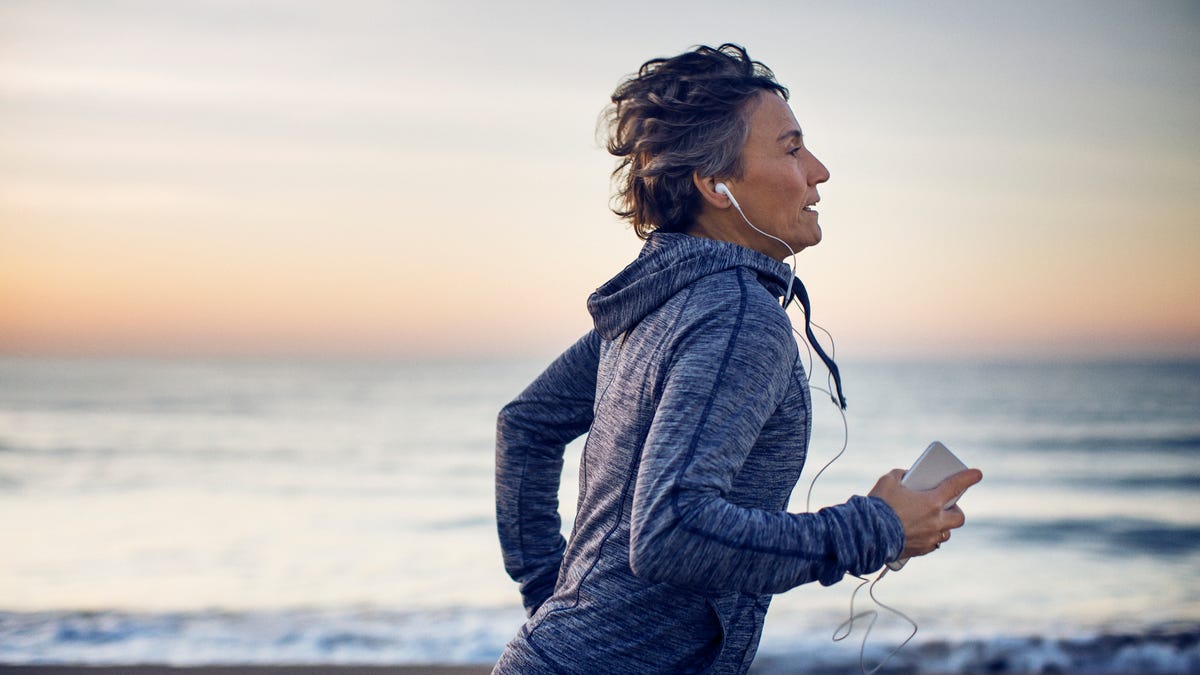The pins on University of Cincinnati Student Government Vice President Khalid Davis on Oct. 7, 2024.
Last month’s presidential debate between Vice President Kamala Harris and former President Donald Trump saw huge takeaways regarding each candidate’s stance on immigration, abortion and economic policy, among other topics. Voters took notice of each party’s answer, as well as their demeanor on the stage and towards each other.
But did you notice Harris’ black pantsuit and white pussy-bow blouse? Or Trump’s ardent red, white and blue suit?
While fashion and politics may not seem like a perfect match, as it turns out they are heavily intertwined. As a mirror of our time, fashion is inherently political. A type of endangered fur, a printed message, a designer brand or even a color can carry an underlying narrative or desired image. For instance, cowboy boots are a fashion icon in Republican politics, representing a connection to a simpler United States and the notion of wearing “truly American” products.
“What they choose to wear, if it’s politically or socially charged, definitely can make a statement […] or change someone’s opinion or prove someone’s underlying opinion right,” UC Fashion Studies professor Laurie Wilson said.
We can safely assume that politicians pay attention to their fashion choices more than we think. The debate itself is a big pitch. Each candidate has an allotted amount of time to sell to you an idea of what they would be like in public office. The goal is to influence public perception majority in their favor.
“Any perception that we have is made up of our past experiences, our thoughts, our opinions,” Wilson said. “Fashion is one of those things that is right out in front of our eyes all the time, so if someone wants to make a public statement, one of the easiest ways they can do so is to wear something that makes that statement.”
But whether fashion plays a role in voter decisions remains a mystery. Deciding who to vote for based on what they are wearing can be like “going and betting on the horse where we like the colors of their silks,” Wilson said.
There are a multitude of things to consider when deciding which candidate to align ourselves with. As voters, it is our job to be educated on every facet of each candidate and use that to make our decisions based on profound opinion.
“[Kamala Harris] has a strong silhouette thanks to her fitted suit and shoulder pads, which is ideal for a woman wanting to take on an important role in a male-dominated culture,” DiAysha Johnson, public relations student and Head of Marketing for UC’s Fashion Association, said.
“In terms of personal style, consistency is key. People feel more at ease and get to know Kamala as a person when they see her often wearing the same look, which eventually fosters trust and results in votes.”
Even on a months-long campaign trail, no candidate can say everything they want to say, but they can surely look the part. Politics is everywhere—in our news, in our minds and yes, on our bodies.
This story is featured in our Election Guide Magazine.










